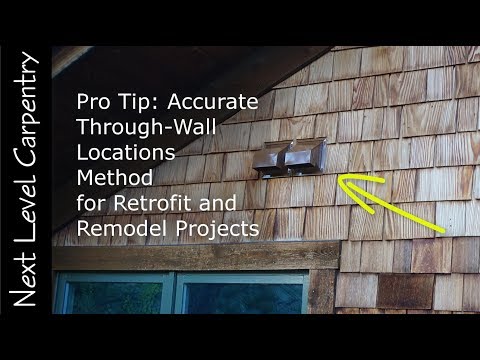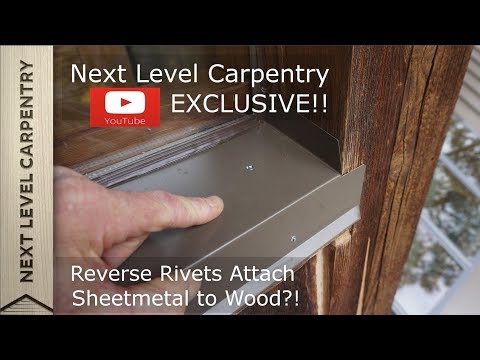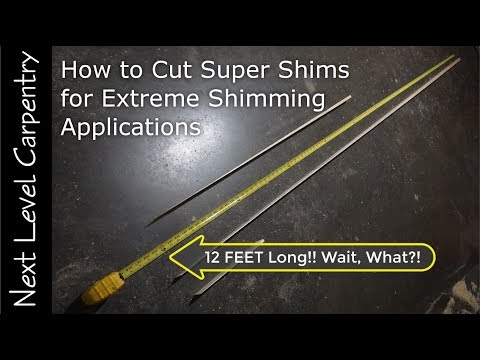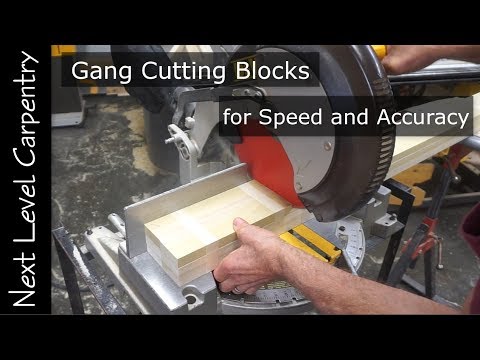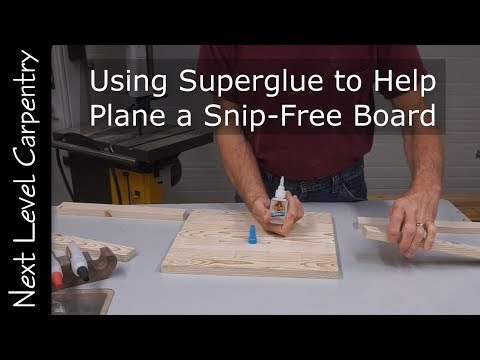Use stiff wire and a file to make a long drill bit that won't break.
'OJT' means On the Job Training in most situations, but here, today, it means On the Job Tricks to get the job done faster, neater, and with fewer mistakes.
Matt needs to cut a couple of holes in a finished oak floor to accommodate a couple of floor outlets to service a couple of lamps.
Because fixing a finished wood floor is time-consuming, expensive, and a general pain-in-the-neck, Matt wants to cut the holes in the right place, the first time. One thing to avoid: I-joists. Other things to avoid: plumbing lines, HVAC ducts, recessed can lights ...
Fortunately, the basement ceiling is not covered with drywall, so Matt can get a general idea of where to drill exploratory holes and where to not drill exploratory holes.
File a chisel point on the end of the work, chuck it in your drill, and start drilling.
"Its tough enough to drill through tile grout, wood, Sheet Rock, Hardie Plank siding ... and its not brittle like a drill but, so it doesn't break if I get into trouble."
Matt has different lengths of wire, for drilling through a ceiling into an attic, where the wire needs to poke above the insulation
How to cut a floor outlet in the right spot the first time:
- Lay out the hole using dimensions from the designer and homeowner to locate the outlet beneath the furniture.
- Drill the exploratory hole in the optimal spot.
- Going below, look at the location of the wire and the size of the hole that will need to be cut to make sure it can clear the floor joist and other structural or mechanical obstacles.
Word of caution (2:12): if the ceiling is covered with drywall, be more cautious and pay attention to depth of drilling. If you think you are drilling through a 3/4 inch oak floor and a 3/4 in. subfloor, make that with tape on the wire so that you will not expend further and penetrate a water line, wire, or duct.
- After drilling the hole and locating the wire below, Matt lays out the floor outlet, drawing on making tape (most of the time).
- Trace the shape using the paper template.
- Drill one more hole at the edge of the cutout: to make sure that you "didn't screw anything up."
- Looking at the wire protrusion, reveals correct calculations, so Matt can cut away without fear of cutting into the wrong thing.
With the floor outlet in and the cover plate on, Matt can sit back and wait for the electrician to come in and wire it up.
—Matt Jackson is a master carpenter, remodeler, SketchUp Wiz, YouTuber, and contributing editor to ProTradeCraft. He lives and works in Rapid City, South Dakota.
